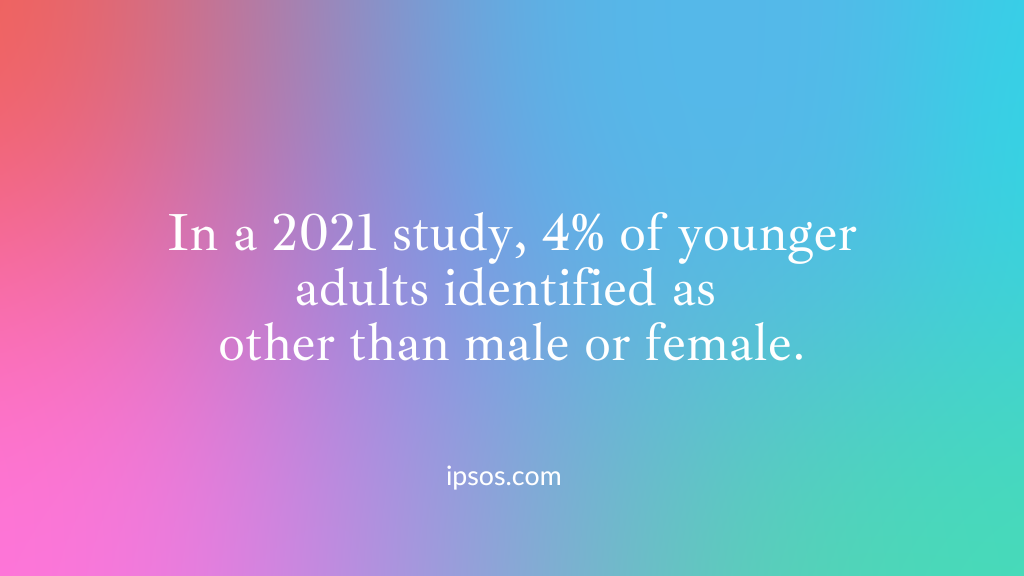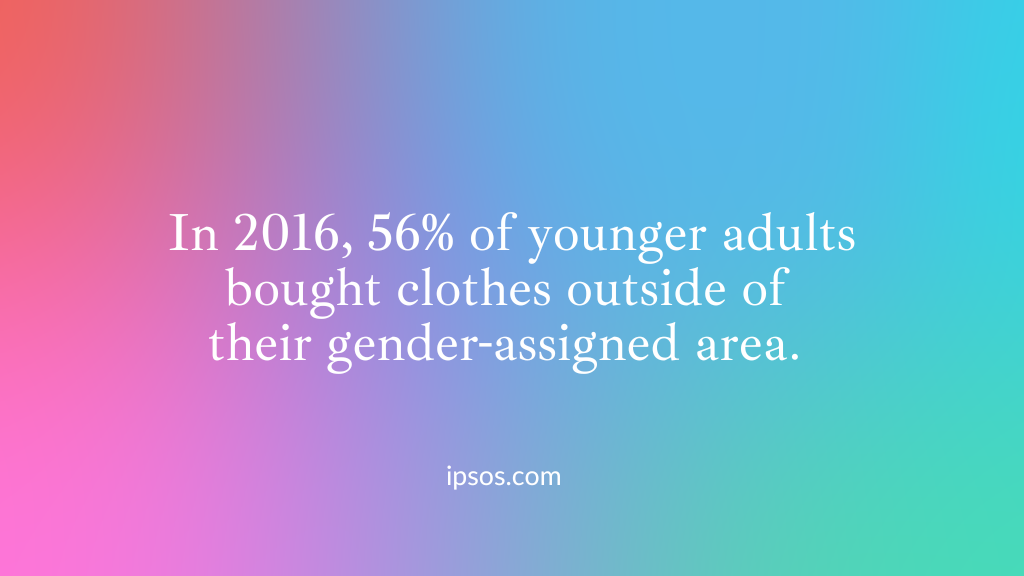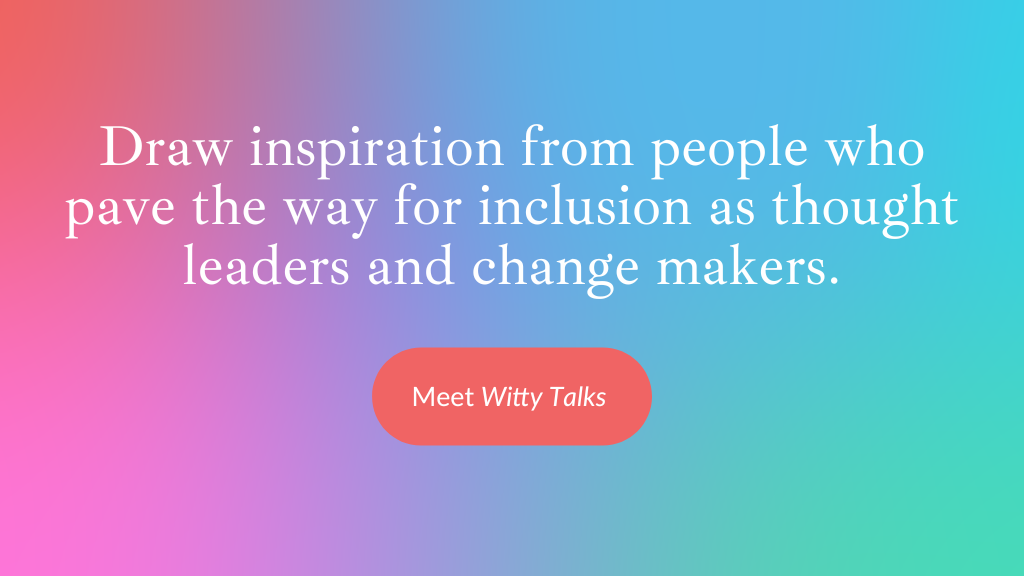 Gender binary
Gender binary
Enforces the traditional binary form of gender
To welcome people of all genders, avoid limiting people to traditional gender roles, gender identities, and gender expressions.
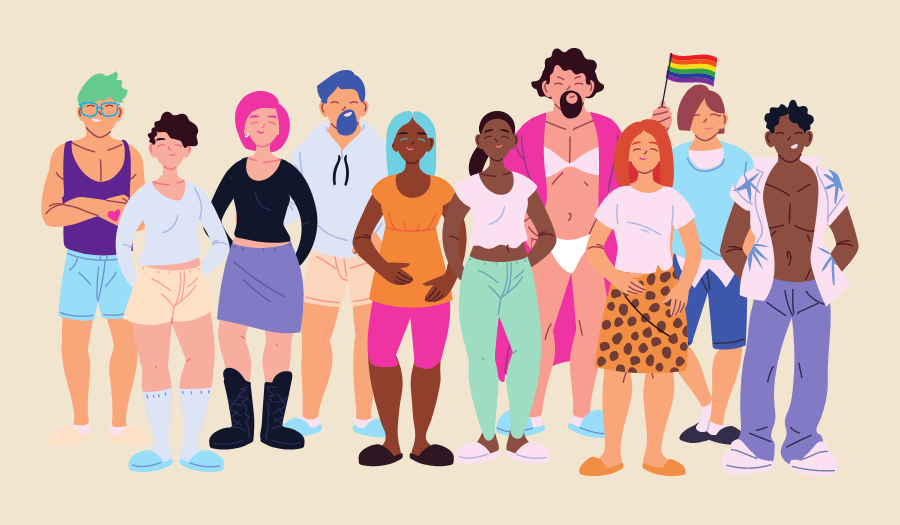
Basic Example
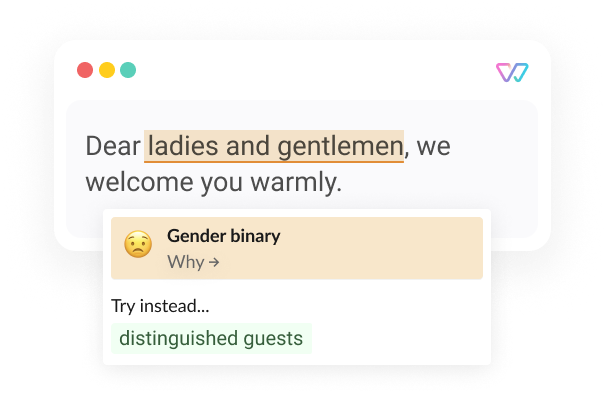
Advanced Example
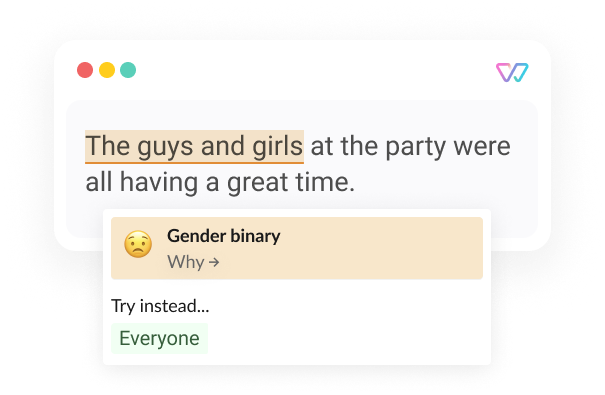
From baby colors to family roles to segregated bathrooms, the idea of a two-gender world touches every aspect of society. We are taught to presume a gender based on biology. Once assigned, this gender becomes part of who we are to others. It sets expectations: how to look, how to behave, and who to love. And it stays - for life.
But our understanding of the gender spectrum is growing in leaps and bounds. Society is changing. Help all gender identities feel safe and free to express themselves. Share your pronouns. And ask yourself, "What would I write if this person wasn’t a specific gender?"
👍
Hello everyone, We're thrilled to announce the highlight of this year's fundraiser: an auction featuring high-end masculine apparel donated by a local fashion creative.
👎
Ladies and gentlemen, We're thrilled to announce the highlight of this year's fundraiser: an auction featuring high-end men's wear donated by a local fashion designer.Doesn't resonate with
- The generation born between the mid-to-late 1990s and early 2010s
- People who feel their gender cannot be defined as either a man or woman
- People in the LGBTQIA+ community
Shout-outs
- Hidden but Widespread Gender Biases Emerge in Millions of Words (Tessa Charlesworth)
- Language influences mass opinion toward gender and LGBT equality (Margit Tavits and Efrén O. Pérez)
- Gen Z goes beyond gender binaries in new Innovation Group data (Shepherd Laughlin)
- Biological Sex and Gender in the United States (Risa Aria Schnebly)
- Understanding Gender (Gender Spectrum)
- Gen Z Grads Are Heading To Work. Here Are Three Ways Companies Can Attract And Retain Women. (Christine Y. Cruzvergara)

